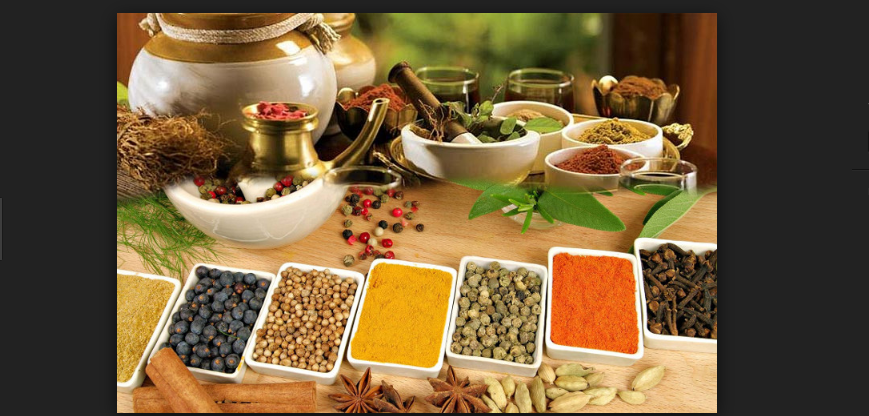Chemistry of Ancient India | The Chemicals Man
India has a very ancient tradition of chemistry. In ancient texts, wonderful information is available of metals, ores, their mines, compounds and alloys. There are also details of hundreds of devices used in chemical operations.In fact, in any country, scholars have to rely on three types of evidence to study the emergence and development of a particular knowledge-
1. There ancient literature of 2 Traditional knowledge- survival of generation after generation 3 Archaeological evidence From this point of view, it is best to scrutinize the vast Sanskrit literature in India to determine the emergence of chemistry. It is notable that Vedas are considered as the oldest source of knowledge of any kind in India. It is also believed that Rig Veda is the oldest. In the Earliest period, the beginning of the invention of new elements from the eighteenth century of Christ began. Prior to this, knowledge of only seven metals was humanity. These are Gold, Silver, Copper, Iron, Tin, Lead (lead) and Parad. All these metals are mentioned in the oldest Sanskrit literature, including Rig Veda, Yajurveda and Atharvaveda. Antiquity of the Vedas has been prescribed thousands of years before Isa.
Thus, on the basis of the description of the metals in the Vedas, we can start chemistry in India thousands of years ago. It is noteworthy that the composition of the Upanishads is also considered around the Yajurveda, whereas the metallic composition in Chhandogya Upanishad is given a clear description. If we do not consider it sufficient and say that only with the proper proof of the knowledge of the processes used in chemistry and the chemical reactions, we can think of the beginning of chemistry, even then we have seen the millennium Millennium) will have to agree. This was the time when the world famous Charak and Sushruta codes were processed, in which for the medicinal uses, the mercury, zinc, copper etc. obtained in pure form and the chemical processes used in the dispensing of the drugs, A detailed and rational description of distillation, steam distillation etc. is available. Of course, this kind of knowledge will start from the very beginning, surely it must have happened very long ago. It is notable that after writing these classical texts, in this period (3rd century BC), Kautilya composed his famous treatise 'Economics' in which very accurate information related to metals, ores, minerals and alloys and their mining , Exploration, management of mines and metallurgical surprises. This treatise in this type of scientific knowledge in India presents the oldest example. From the second millennium to the 1st millennium to the 12th century, there is abundance of such books which are purely based on chemistry and in which chemical verbs are described in the narration of processes. Among them, very serious details are found in mineral, ore, metallurgical, alloy discourse, catalyst, theoretical and experimental chemicals, and hundreds of devices in them.
In the issue of February, 2000, in the issue of 'Indian intellectual property', a list of 127 books published in the 1940 book titled 'Rasamjari' (Author- TG Kale) is published. It is worth noting that Charak and Sushruta codes are not included in this list. Many of the facts and procedures described in these books have now begun to meet the norms of modern chemistry.
Take the book 'Ras Ratnakar' first written by Nagarjuna in the second century. It is believed that a Buddhist chemist of this name, born in the sixth century, reviewed this book. That's why this book is available in two forms. Anyway, this book has got the ultimate knowledge of chemicals in its own right. In the sixth century, Varahamihari has described the method of building extremely high grade steel to make arms and ammunition in its 'Great Code'. The quality of Indian steel was so high that historical evidence of export of swords made from them to Persia etc. was found.
Most of the books were written between the 8th century and the 12th century. Among them are the Ashtang card of Vagbhatta, the Govind Bhagvatpad's Ras cardiaca and Rasarnava, Somadev's Rasaranakalpa and Rhendra Chunamani and Gopalbhatt's Rasundarsara collection. Some other important books are: Raspalpa, Rasaratanasamu, Rasjalnidhi, Rasprakash Sudhakar, Rustendrakalpadrum, Raspradip and Rasmangal etc.
The archaeological evidence of the rich ancient tradition of chemicals in India is also scattered in all the countries. While the chemical analysis of metal samples obtained from archaeological sites, where their high quality is introduced, the carbonity of many substances also establishes antiquity as irrevocably. Antarctic evidence of metal mines active from north to south and from east to west, active in all directions in the period from 3000 BC to 300 years BC. They are mainly found in states like Uttar Pradesh, Karnataka, Rajasthan, Bengal, Bihar, Punjab, Gujarat etc. The purity of iron, copper, silver, lead etc. found from Nalanda, Harappa, Mohenjodaro, Lothal and Taxila etc., which were exposed by excavation, has been found to be 95 to 99 percent

